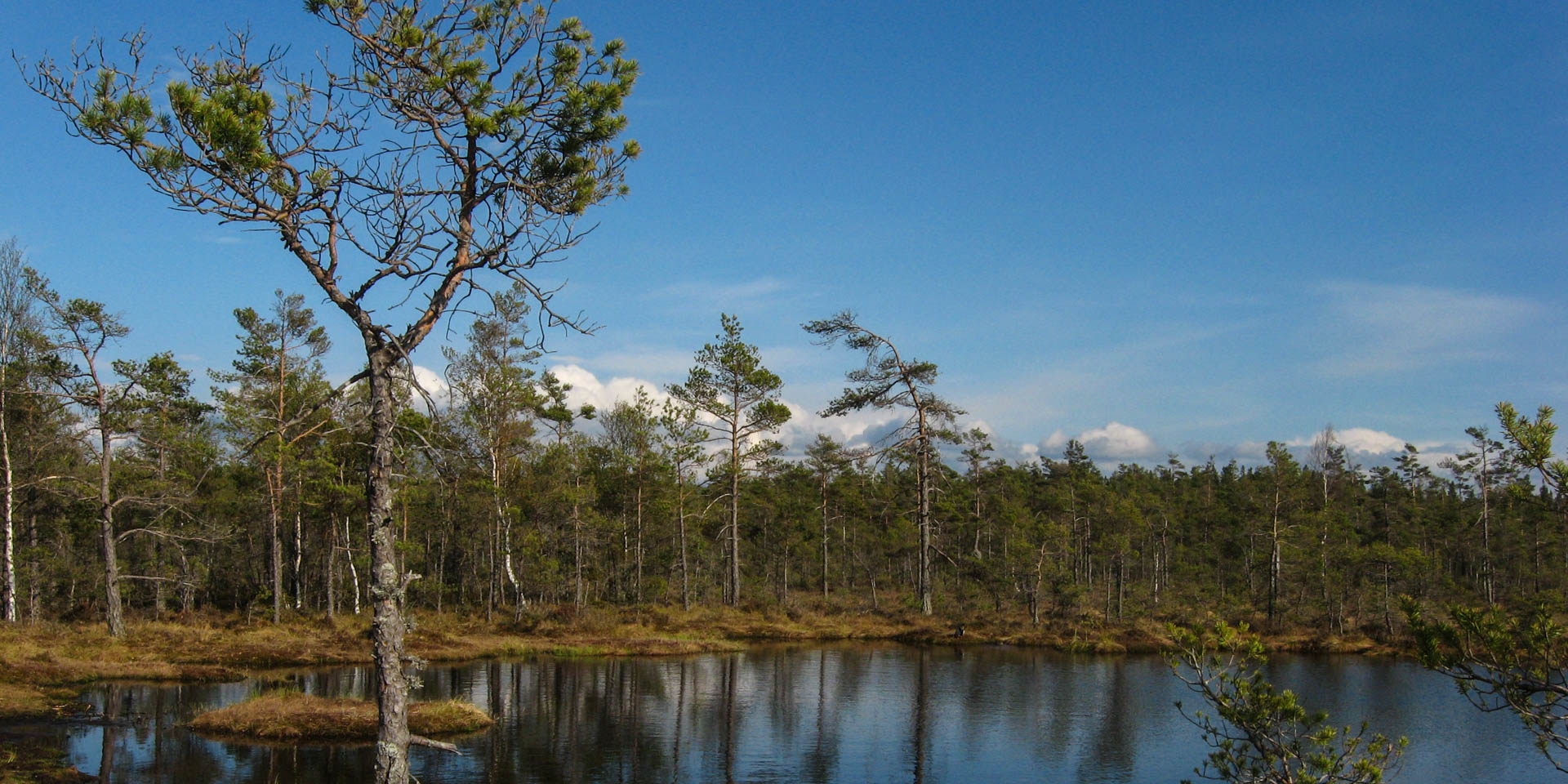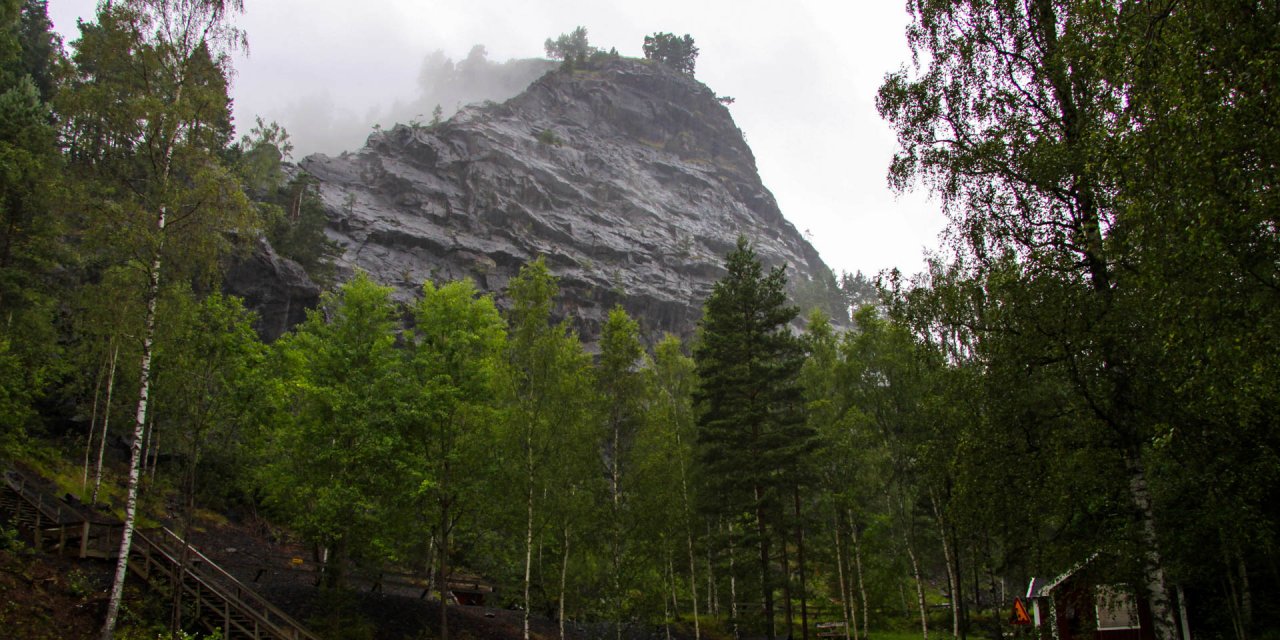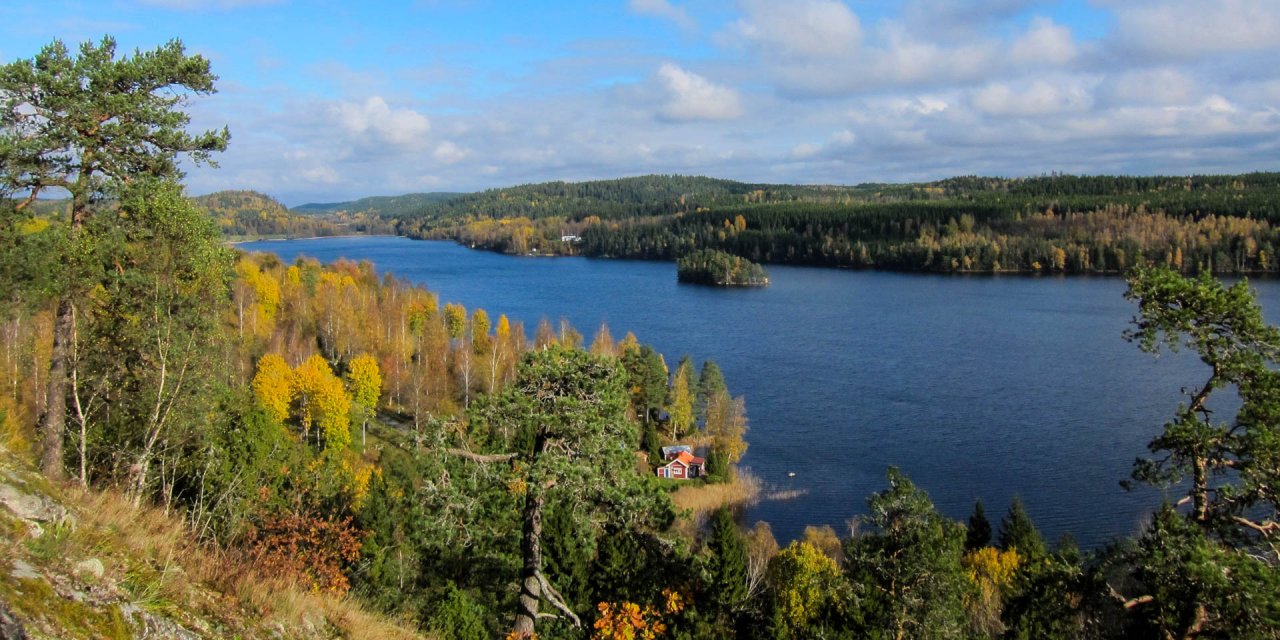

Dumme Mosse Naturreservat
Large moor near Jönköping
Less than ten kilometers west of Jönköping, you will find the 3,000-hectare Dumme Mosse Naturreservat, one of the last large and almost untouched moorlands in Småland.
The large open bog areas in Dumme Mosse consist of a mosaic of moist, cotton grass-covered hollows and drier, almost heath-like areas. The landscape looks like Lapland and is therefore often referred to as one of the last wilderness in southern Sweden.
Dumme Mosse is also considered the most varied moorland in southern Sweden, because the vast moor areas are interrupted by wetlands with trees, various streams with adjacent marshy areas and veritable swamp forests.
The nature reserve retains the entirety of the moor landscape consisting of these different parts, since only the interaction of all the associated segments regulates the natural water balance of the entire area and is crucial for the existence of Dumme Mosse.
Flora and fauna in Dumme Mosse
The flora of the moorlands consists in the wetter areas mainly of peat moss and all sorts of sourgrasses. On the drier areas thrive dwarf birch (Betula nana), marsh Labrador tea (Rhododendron tomentosum), cross-leaved heath (Erica tetralix) and bog asphodel (Narthecium ossifragum).
The bird population in Dumme Mosse is extremely diverse. European golden plover (Pluvialis apricaria), Eurasian curlew (Numenius arquata), wood sandpiper (Tringa glareola) and cranes are found in spring and summer. There are populations of black grouse and common snipe (Gallinago gallinago), in the denser forest areas also breed woodpeckers, whinchat (Saxicola rubetra) and crossbill (Loxia). In the winter months the open areas become the hunting ground of the golden eagles (Aquila chrysaetos).
Hiking through the nature reserve
Through the nature reserve lead various trails. A total of ten kilometers of track consists of boardwalks, five kilometers of the paths in the southern part of the reserve are wheelchair accessible. In the course of the circular routes are resting benches, weather shelter, barbecue areas and toilets.



